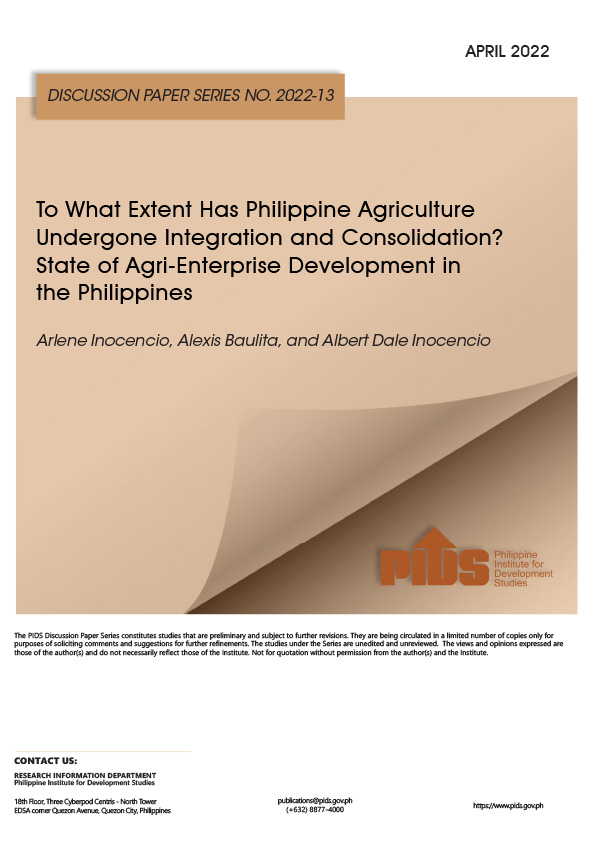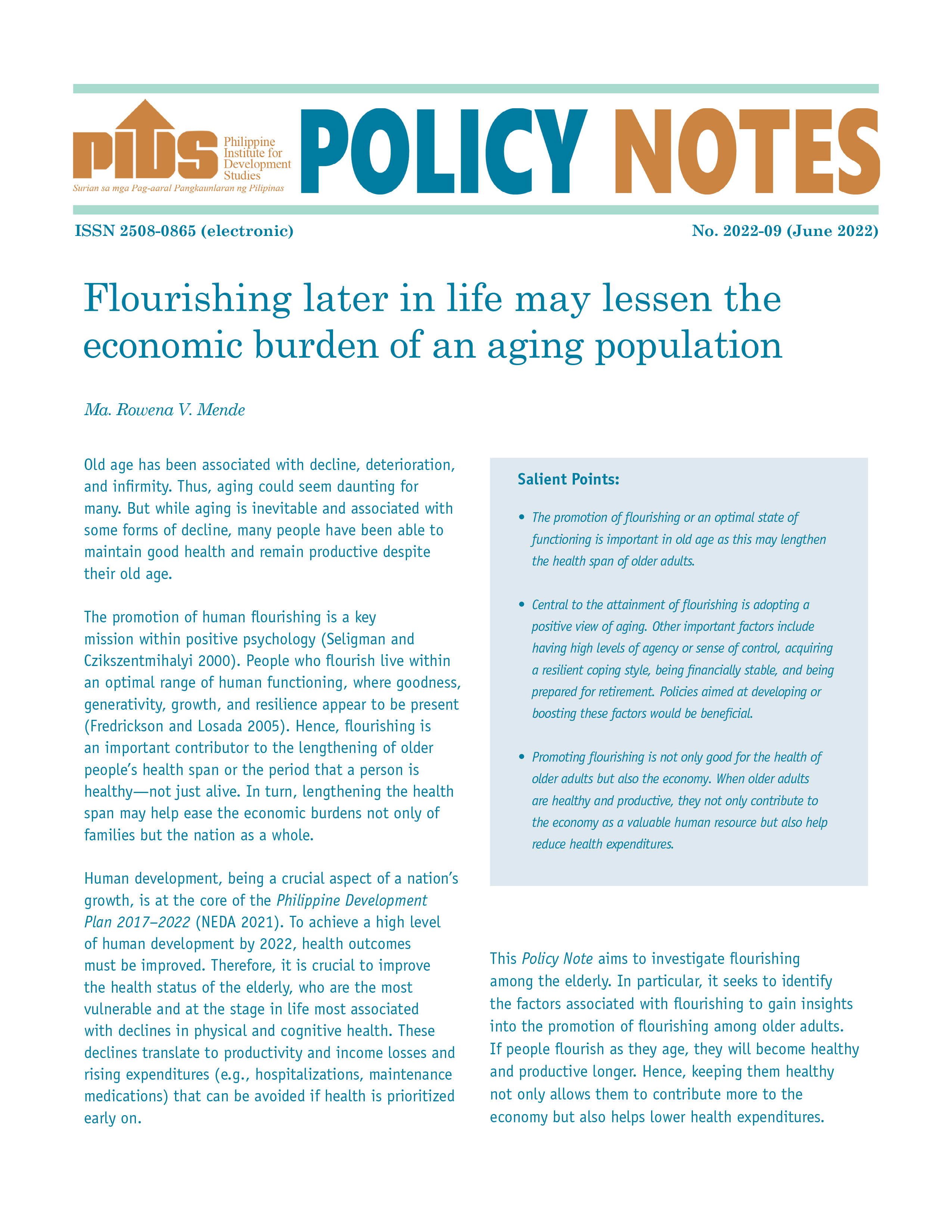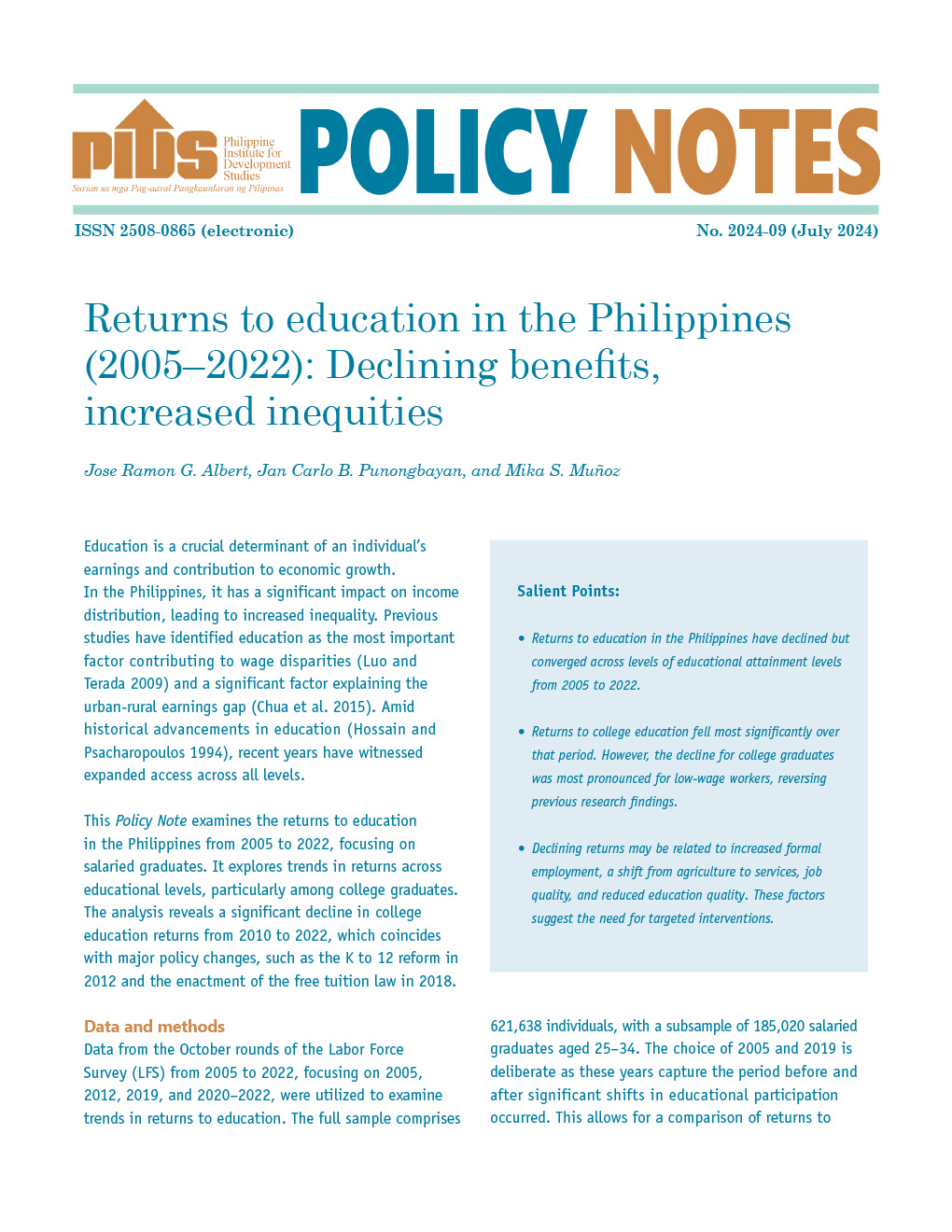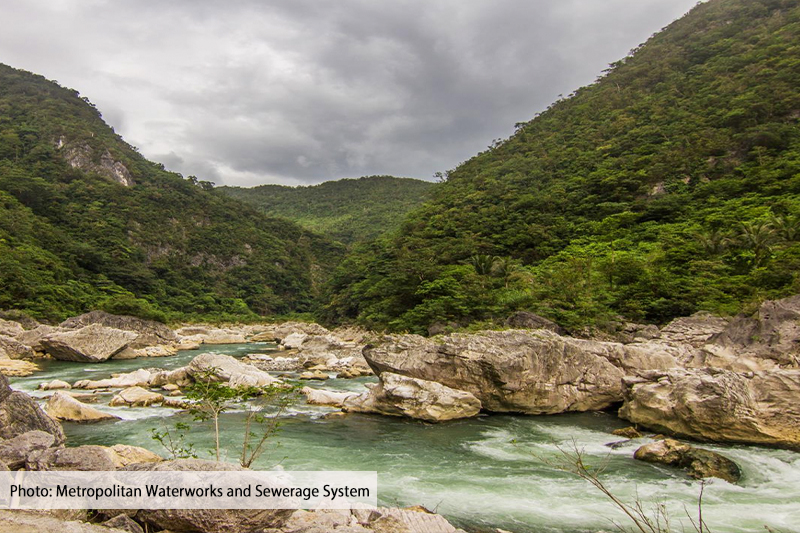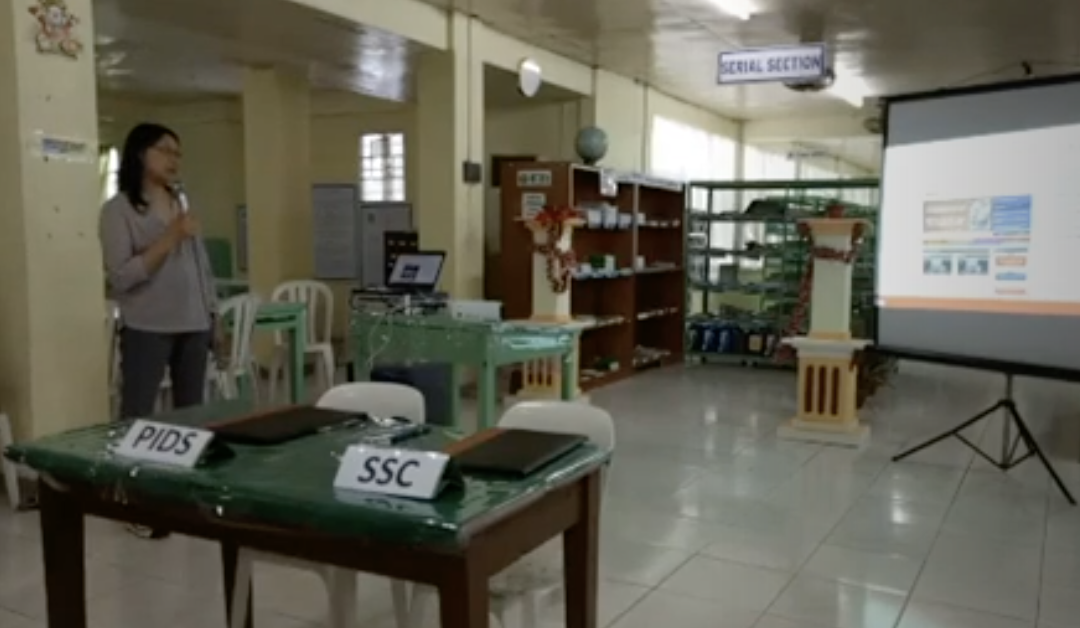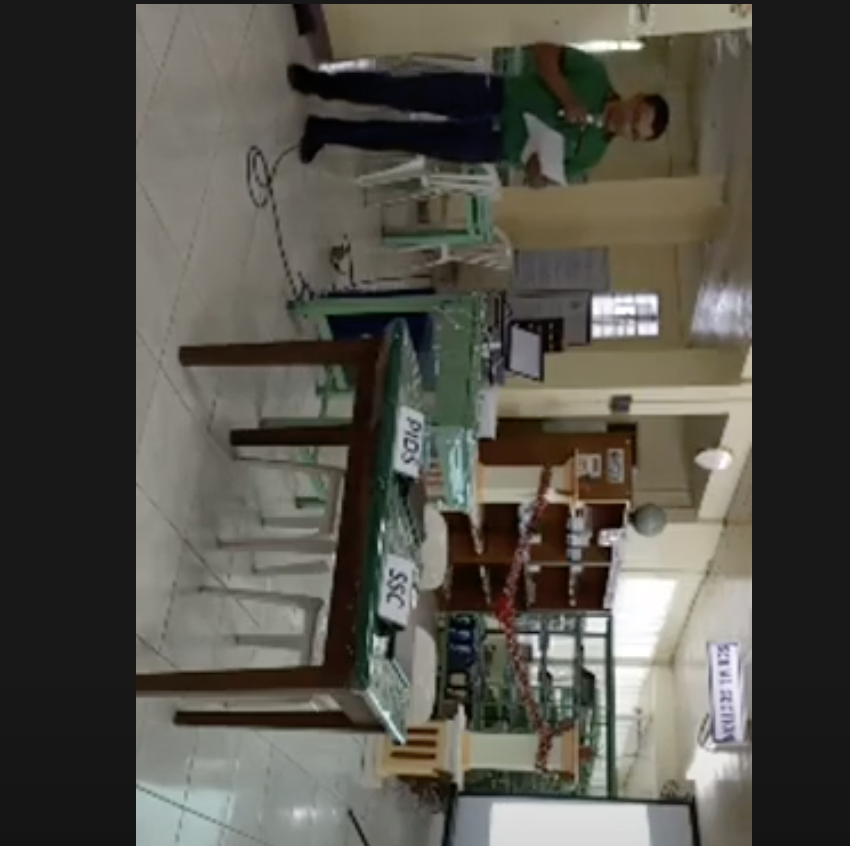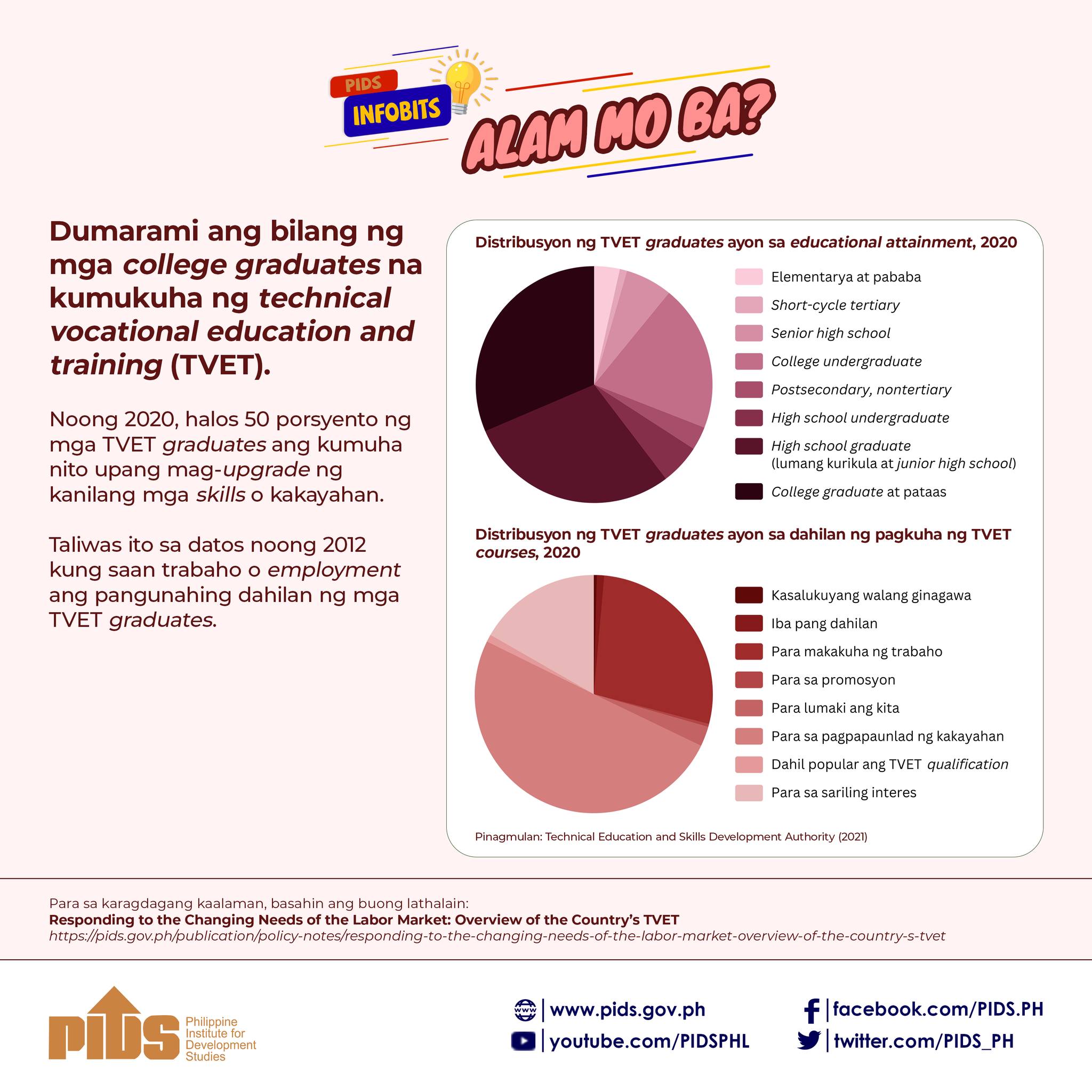MANILA - The changeover to the K to 12 Program need not dislodge some university instructors and non-academic support staff -- not even temporarily, House Deputy Majority Leader and Makati City Rep. Mar-Len Abigail Binay said Sunday.
"We are encouraging higher education institutions to run their own senior high school programs. This way, they can keep their potentially affected instructors, mostly of GE or general education subjects, gainfully employed throughout the two-year transition phase,” Binay said in a news release.
Universities and colleges nationwide are anticipated to face a big and sudden decline in freshman enrollees between 2016 to 2018, as 1.1 million students originally set to graduate from secondary schools are kept for another two years in senior high on account of the switch to K to 12.
A preliminary study by the Philippine Institute for Development Studies indicated that between 12,000 to 33,000 college instructors, mostly of GE subjects, may be temporarily idled over the two-year shift to K to 12.
But this does not have to be the case, according to Binay.
"Colleges may decide to put up their own two-year senior high schools. They may then laterally harness their affected college instructors to teach senior high school subjects during the transition, without diminution of benefits, including tenure,” Binay said.
"This is one practical approach to address concerns that some college instructors and non-teaching auxiliary personnel might be rendered temporarily unoccupied,” she said.
K to 12 adds two years of senior high school to basic education in order to allow students to fully master concepts and skills, develop lifelong learners, and prepare graduates for tertiary education, middle-level skills development, employment, and entrepreneurship.
The program covers Kindergarten and 12 years of basic education -- six years of elementary (Grades 1-6), four years of junior high (Grades 7-10), plus two years of senior high (Grades 11-12).
"Running their own senior high school programs will also enable universities to keep on generating tuition income despite the temporary drop in (college) freshman enrollees,” Binay pointed out.
"This is a viable remedy, especially for colleges that currently do not have any high school divisions,” she said.
Of the 1,652 private higher education institutions in the country, at least 830 currently do not have their own high schools.
Colleges without high schools and with student populations of less than 1,000 will likely be most affected by the abrupt slump in freshman enrollees and potential loss of tuition income between 2016 to 2018, according to the Commission on Higher Education.
Binay said she does not expect the K to 12 shift to affect state-run universities and colleges in a big way "since they enjoy (government) subsidy and are less dependent on tuition income.”
The lawmaker previously said Congress is expected to create thousands of new teaching posts for the public school system to realize K to 12 under the Enhanced Basic Education Act of 2014.
Citing a Department of Education (DepEd) preliminary report, Binay said up to 81,637 new senior high school teachers may be required upon the rollout of K to 12 between 2016 and 2017.
The report assumes that some 1.1 million Grade 10 finishers of public junior high school will enroll in public senior high school by then, according to Binay.
Binay identified the senior high school subjects that are anticipated to entail additional instructors as follows: English; Filipino; Social Science; Humanities; Math/Statistics; Advance Math; Physical Science; Life Science; Information & Communications Technology; Accountancy, Business & Management (ABM)/Economics/Entrepreneurship; Philosophy; Technical Vocational Education & Training; and Physical Education.//
What to do with the 33,000 college tutors who may be idled by K to 12? Rep. Binay has a solution
Interksyon TV5

